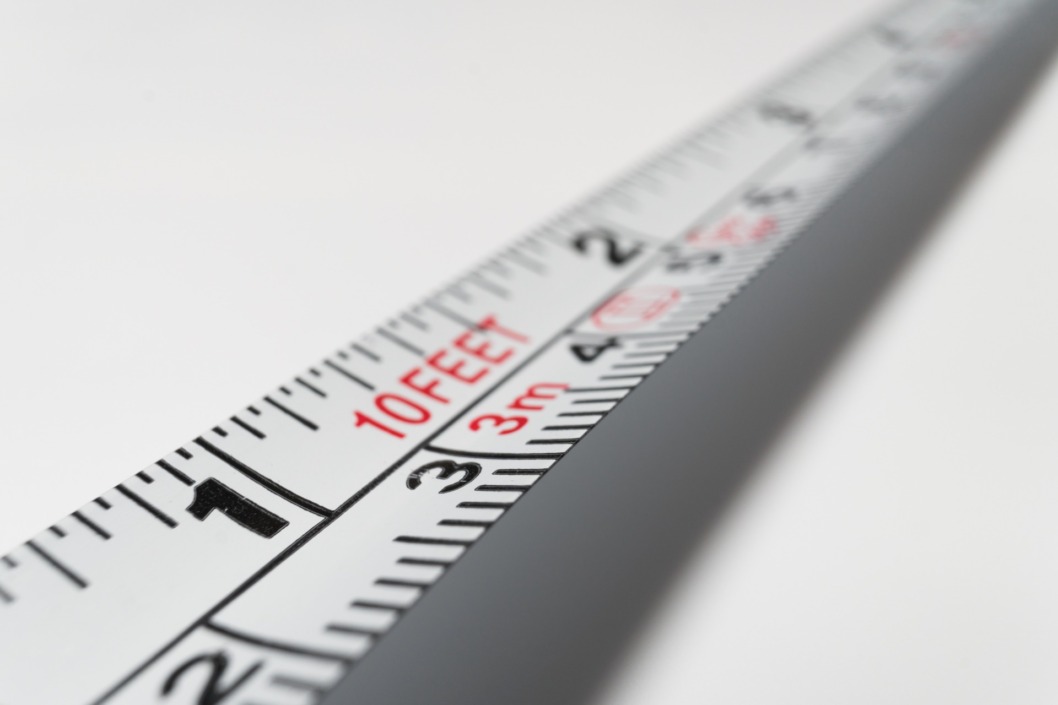Manufacturing is at the heart of many businesses. Whether you’re making kitschy Etsy crafts or Silicon Valley high tech devices, the manufacturing process will be a huge part of your success. It is, after all, where your products are turned into physical reality. This is true whether you’re making something with massive machinery or with your own two hands.
Even as early as the manufacturing stage, you need to be thinking about logistics. You can optimize and tweak the supply chain after a product is created, it’s true. Yet there are few opportunities where simple smart decisions can make such a massive impact quite like what we’re about to talk about.
Reducing Item Weight

Nothing tips the scales on price like weight. At least, this is true for the supply chain process. Whether you transport cargo by air, sea, rail, or road, you will be billed by weight. Not all means of transportation are equal when it comes to price, time, or quality of service, but this rule remains the same.
Once your inventory arrives at a warehouse, you’re not out of the woods. Not by a long shot! Indeed, whether you store goods in your own warehouse or use a third-party service like Fulfillrite, order fulfillment costs are driven by weight as well. When you send goods through a carrier like UPS, USPS, FedEx, or DHL, they will always ask you the same question. “How much does it weigh?” Weight will drive cost there, too.
At the manufacturing level, you have the ability to dramatically cut costs. The difference between a 4.5-pound product and a 5-pound product is huge. For bulk shipments in freight, you can pay a lot less because your 5,000-unit shipment of products weighs 10% less than it otherwise would have. Once it’s time to fill orders, you’ll save once more on postage costs.
In short, even at the manufacturing stage, you need to ask yourself: “how do I make this shipment as light as possible?”
Reducing Item Size

Packing cargo for transportation is a giant game of Jenga. Individual items are packaged after manufacturing, usually in boxes. Those boxes are then put into master containers. The master containers are then loaded into standard-sized shipping containers. We’re referring to the big 20-foot metal containers, as well as containers better suited for different modes of transport. The larger your product is in terms of volume, the more containers you will use, and the higher your bill will be.
Again, it doesn’t stop there. Carriers like UPS, USPS, FedEx, and DHL are also playing cargo Jenga. The more room you take up on their trucks and planes, the higher the postage costs will be. This is unavoidable no matter how you choose to fulfill orders.
Once again, subtle differences made at the manufacturing level can go a long way. A product whose longest dimension is 7 inches will cost more to ship than a product whose longest dimension is 5 inches. Some people even design products around the size of USPS flat rate mailer boxes. That’s how big of a factor physical size is when shipping.
Cost-Efficient Transportation Tips

One of the biggest trade-offs in supply chain management is time vs. cost. You can air ship goods from anywhere in the world far faster than sea shipping, but it costs a lot more. Likewise, sea shipping can take two months or more, but the cost is very low compared to everything else.
Why does this matter when manufacturing goods? It’s simple: where you manufacture goods determines transportation cost. Many businesses like to use landed cost to evaluate different manufacturing and shipment solutions. The landed cost includes the original price of the product, transportation fees (both inland and ocean), customs, duties, taxes, new 2025 tariffs, insurance, currency conversion, crating, handling, and payment fees.
Tariffs, especially those recently expanded in 2025 on key imports from China, can drastically raise landed costs. Be sure to research whether your product category—such as electronics, EV-related parts, or metal components—is affected. If it is, consider sourcing from alternative countries or reshoring production when feasible.
Or, put more plainly, it may be cheaper to have goods manufactured near you. The labor costs may be higher, but you avoid excessive transportation fees and customs.
The ways to transport goods are as follows, from cheapest and slowest to the most expensive and fastest:
- Sea shipping
- Rail shipping
- Truck shipping (less-than-truckload or full truckload)
- Air shipping
Which transportation method or methods you choose for your business depends on how long you can wait, how far your goods have to go, and what you’re willing to spend. Imagining the entire process of shipping from start to finish may decide where manufacturing takes place.
Regulations, Compliance, and Customs

Nothing can break an otherwise efficient supply chain quite like exports and imports. Let’s be completely clear about this: if you are not following all laws and regulations for your industry, your shipments will be delayed. At the manufacturing stage, the single best thing you can do from a logistics standpoint is to obey the law.
It sounds unbelievably obvious when stated like that, but the implications are more complicated. If you’re not sure where to start, find out the tariff code for your product. Then figure out applicable regulations from there.
Another piece of the puzzle that can derail an otherwise cost-efficient supply chain would be customs fees. Based on your tariff code, customs fees or taxes may be levied upon your inventory. You have to pay those fees one way or another. Sometimes your supplier will pick up the tab and then bill you for it later. Other times, you have to pay a freight forwarder or a customs broker. It depends on the specifics of your situation.
In 2025, tariff rates on goods from some countries—especially China—have increased significantly in certain categories. Reviewing updated Harmonized System (HS) codes and cross-checking against current tariff schedules is critical before choosing a supplier.
The point is that customs fees need to be baked into your cost estimates. It may even make it more sensible to commence manufacturing within the borders of your own country. As tariff structures shift, manufacturers in countries like Vietnam, Mexico, and India have become more attractive for U.S. importers. Consider whether diversifying suppliers could reduce your customs burden.
Labeling for Warehouse Use

Scannable bar codes are the backbone of order fulfillment. There’s a reason why nearly every product you purchase has one of these labels on them. Items must be uniquely identified, and bar codes – which are nothing more than a series of numbers represented by bars and spaces – help all sorts of companies do this. These companies range from distributors to retailers to order fulfillment services like Fulfillrite.
Each individual item must have a scannable bar code. That means you need to buy a bar code from either the GS1 or a reputable bar code reseller. Your packaging or, in some cases, the item itself needs to include the bar code. The bar code must also be large enough to be useable, which is at least 1.175 inches wide and 0.816 inches tall (for the commonly used UPC-A codes).
Why is this relevant during manufacturing? The reason is simple: it’s far easier to get this right early than to pay a company to apply labels later. At Fulfillrite, for example, we charge $0.39 per item to affix labels. This can be a lifesaver if you’ve made a critical mistake, but it can add up quickly. It’s an expense most business owners would rather avoid.
Outsourcing Fulfillment to a Third Party

Fulfillrite is an order fulfillment company. We warehouse your inventory, fill orders, and generally make your day better. In fact, we had a whole post recently that explains how we and our peers can make running your business a lot easier.
If you decide to take the plunge and use Fulfillrite or a similar company’s fulfillment services, you naturally want to get the best bang for your buck. How can you do that? Turns out there are a lot of ways, many of which happen at the manufacturing level.
As we had mentioned above, you want to make your items as small and lightweight as possible. Naturally, you’ll also want to apply bar codes correctly. Avoid using hazardous materials, if at all possible.
This last point is especially valuable: if items are sold as a set, manufacture them as a set in a single box. It is possible for a fulfillment company to bundle common items into a single package to send to a customer. This is called kitting and the process is labor-intensive. If you manufacture sets of items to be stored in a single box, you’re basically kitting items without having a fulfillment company do the kitting for you. It’s not always feasible, but when it is, it’s a big money saver.
Final Thoughts on Manufacturing & Logistics
Even at the earliest stages of making a product, you need to be thinking about logistics. All products which are created must be stored, transported, and sent to customers. A little bit of forethought can make this process smooth and cost-effective.
This won’t just save you money on the margins. An effective supply chain, especially one backed up by companies like Fulfillrite, can become a major competitive advantage for your business. Keep your items light, compact, legal, labeled, and ready to ship. You’ll be glad you did!
Listed from cheapest & slowest, to most expensive and fastest:
- Sea shipping
- Rail shipping
- Truck shipping (less-than-truckload or full truckload)
- Air shipping

